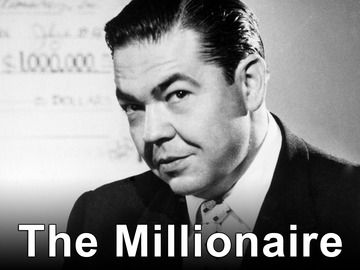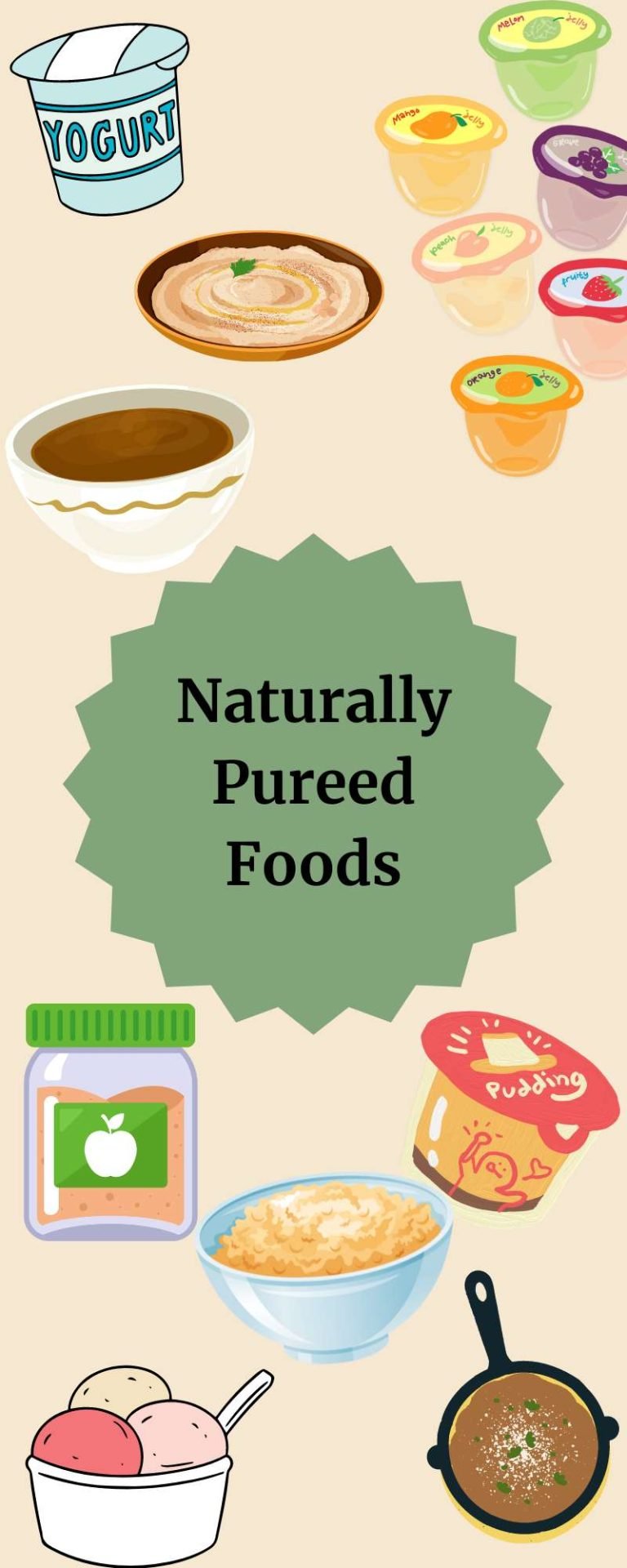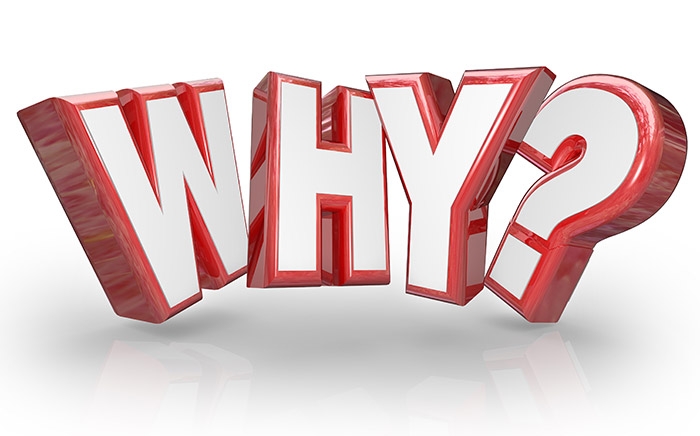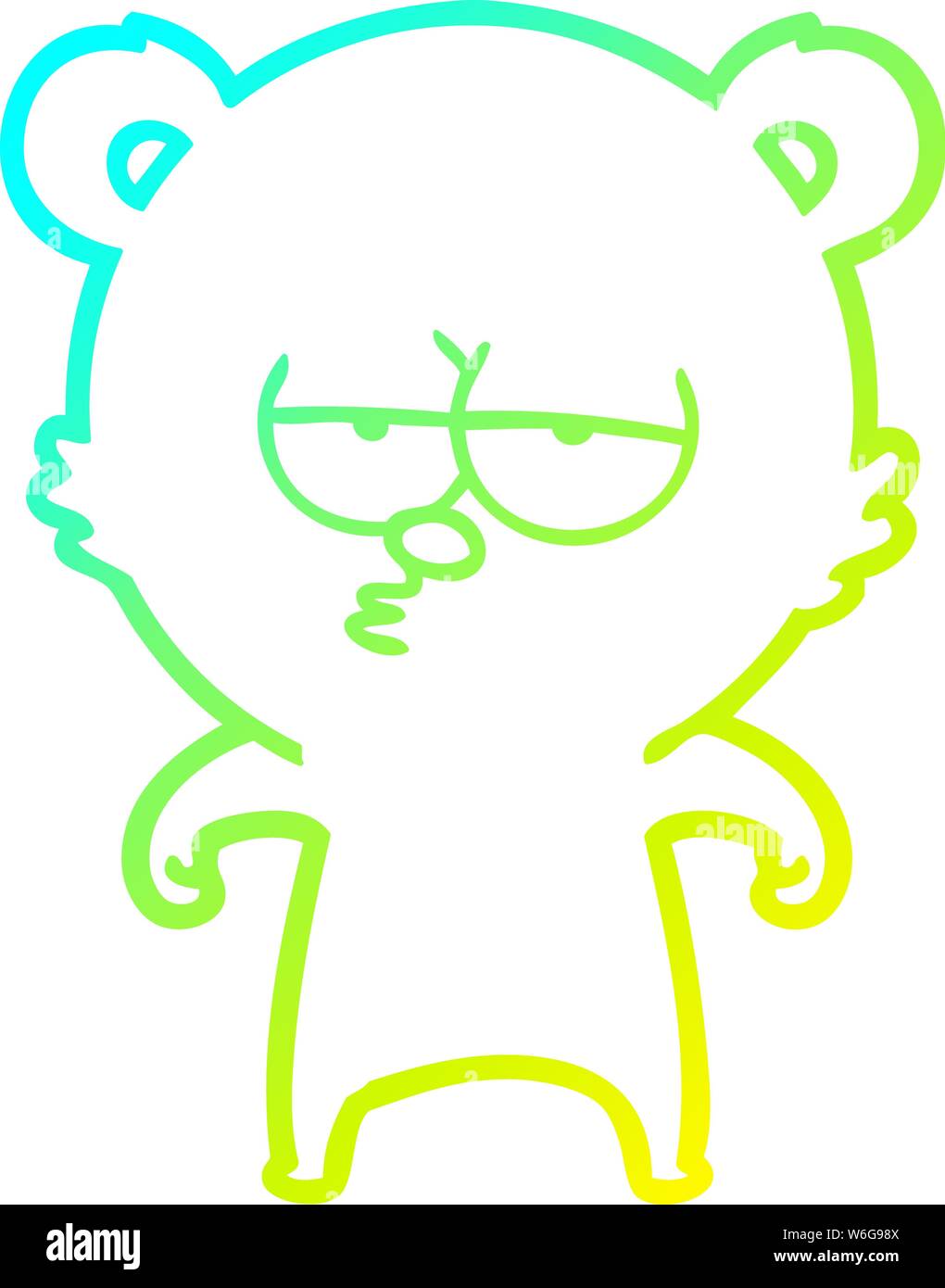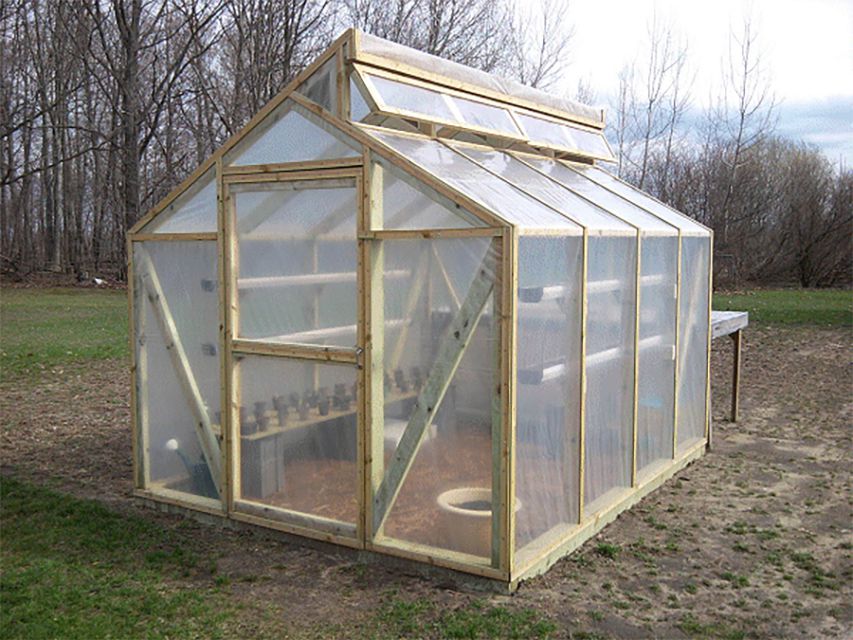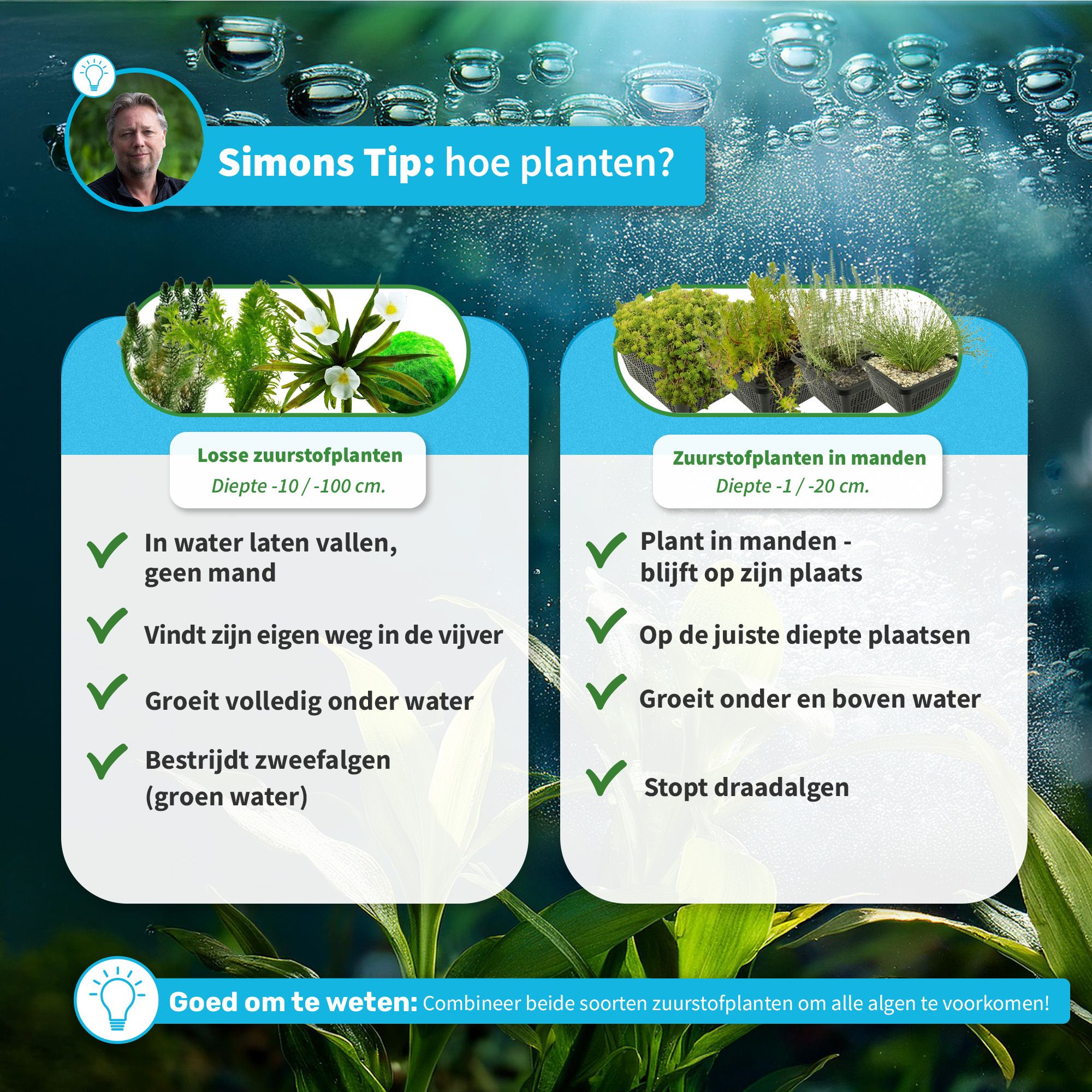Mastering Purple: Step-by-Step Guide to Creating Vibrant Purple with Food Coloring
Introduction: Why Purple Matters in Food Coloring
Purple is a captivating color for baked goods, desserts, and culinary creations. Whether you’re decorating cakes, cupcakes, or cookies, mastering the art of mixing purple food coloring opens up creative possibilities for designs, themes, and celebrations. Yet, many home bakers and professionals encounter challenges in achieving a true, vibrant purple – often ending up with gray or muted results. This guide breaks down the science, techniques, and troubleshooting for consistently creating bold purple hues with food coloring, drawing on expert advice, real-world examples, and actionable steps.

Source: behance.net
The Science Behind Mixing Purple
The foundation of purple food coloring lies in color theory : purple is a secondary color made by combining red and blue. However, not all reds and blues are equal, and the type of food coloring – liquid or gel – significantly affects the outcome. Traditional advice suggests mixing equal parts red and blue, but in practice, this often produces muddy or gray tones, especially when using certain brands or liquid colors [1] . Understanding the pigment concentration and base ingredients is crucial for success.
Recommended Ratios for Vibrant Purple
To achieve a reliable purple, experts recommend using a higher proportion of blue to red. A proven starting ratio is 15 drops of blue to 5 drops of red for most liquid food colorings. Place 15 drops of blue in a small bowl, then add 5 drops of red, mixing thoroughly. Adjust the shade by incrementally adding more red for a deeper purple or more blue for a cooler, bluish tint [1] .
Gel vs. Liquid Food Colorings: What Works Best?
While liquid colors are widely available,
gel food colorings
are preferred for creating vibrant, bold purples. Gel colors are more concentrated, require fewer drops, and are less likely to water down your icing or batter. Brands like
Americolor
and
Wilton
offer gels specifically formulated for intense shades. For example, mixing
9 drops of fuschia gel coloring and 3 drops of royal blue gel coloring
into one cup of white frosting produces a rich purple that deepens as it sits
[3]
. Letting your colored frosting rest for 1-2 days can further intensify the hue.
Step-by-Step Guide to Mixing Purple Food Coloring
- Choose Your Base: Decide whether you are coloring icing, cake batter, fondant, or another medium. Color results may vary depending on the base’s ingredients and pH.
- Select High-Quality Gel Colors: Opt for gel food coloring for best results, such as Americolor or Wilton. Prepare both a vibrant pink (fuschia) and a true blue (royal blue).
- Mix a Small Batch First: Start with a small amount of your base to test the color. For frosting, begin with 1 cup of white frosting.
- Add Coloring: Incorporate 9 drops of fuschia gel and 3 drops of royal blue gel. Blend thoroughly until the color is uniform [3] .
- Rest and Observe: Allow the mixture to sit for up to 48 hours, as the color will deepen over time.
- Adjust as Needed: Add more blue for cooler purple or more pink/red for a warmer, reddish purple.
Troubleshooting Common Problems
Many bakers encounter issues such as gray or muted purple results. This can happen due to:
- pH Imbalance: Fondant and some icings may have a pH level that interferes with color development. Adding a pinch of baking soda to fondant before coloring can help correct this and produce truer purples [2] .
- Type of Red: Some red food colorings have orange undertones, which can muddy the mix. Opt for a true red or fuschia for best results.
- Order of Mixing: For fondant, starting with blue and then adding red can produce more reliable shades than vice versa [2] .
- Concentration: Liquid colors are less potent and may require more drops, increasing the risk of off-colors and runny icing. Prefer gels where possible.
Alternative Approaches and Advanced Techniques
Beyond basic mixing, consider these alternatives for achieving purple:
- Ready-Made Purple Gel: Many suppliers offer pre-mixed purple gel coloring for convenience and consistency. This eliminates the risk of muddy results.
- Natural Food Colorants: For natural baking, crushed blueberries or blackberries can impart a purple hue, though results may be less vivid and more variable. Experiment with small batches to test color strength.
- Using Pink Instead of Red: Some video tutorials recommend mixing deep pink (fuschia) with blue for a more vibrant purple [3] , [4] .
Applications: Purple in Cake Decorating and Baking
Purple frosting is popular for floral designs, themed parties, and creative cake decorations. Use your custom purple for:
- Buttercream flowers and borders
- Fondant ribbons and bows
- Cupcake swirls and accents
- Cookie icing for themed events
The versatility of purple makes it a go-to choice for birthdays, weddings, and seasonal treats. Professionals often use the color to add elegance or whimsy to baked goods [5] .
Key Takeaways and Best Practices
- Always test color ratios in small batches before scaling up.
- Use gel colors whenever possible for intensity and stability.
- Let colored icings sit to allow hues to deepen and stabilize.
- Adjust pH if working with fondant, using a pinch of baking soda.
- Consider pre-made purple gels or natural colorants for special applications.
If you need further guidance, you can search for “purple food coloring recipes” or “mixing purple gel icing” on reputable baking sites, or consult professional cake supply stores for the latest gel color options.

Source: pond5.com
References
- [1] Chandye (2024). How to Make Purple Easily – Use These Colors!
- [2] CakeCentral (2012). I Mix Red And Blue To Get Purple, But Get Grey!!!!
- [3] YouTube (2023). How to Make Purple Frosting for Cakes, Cupcakes, and Cookies
- [4] TikTok (2023). In need of Purple color while working? Check out this …
- [5] YouTube (2013). How to Make the Color Purple for Cake Decorating
MORE FROM hotondeals.com
